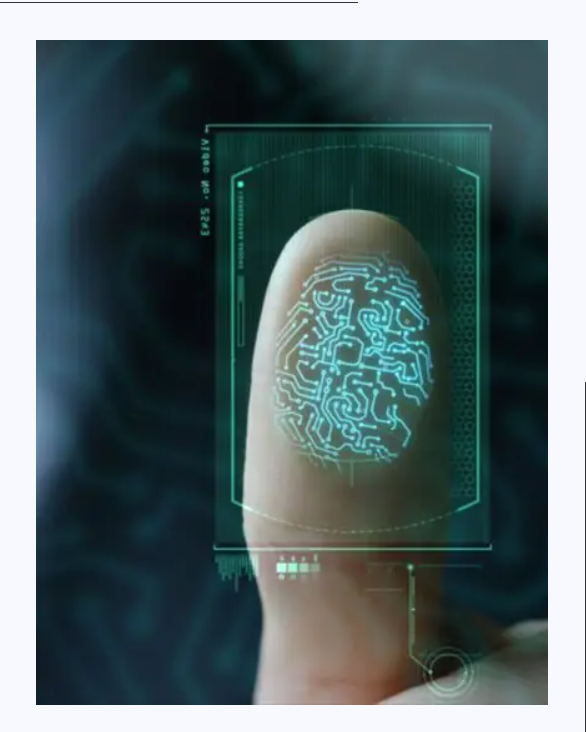In today’s digital era, where identity fraud and data breaches are on the rise, organizations are turning to advanced technologies like liveliness check and facial recognition authentication to enhance security and streamline user verification processes. These biometric technologies offer robust protection against spoofing attempts while providing seamless access control across various industries, including finance, healthcare, travel, and e-commerce.
What is a Liveliness Check?
A liveliness check, also known as liveness detection, is a security mechanism used to determine whether the biometric input—usually a face—is from a live person and not a photo, video, or mask. It ensures that the facial data being captured is from a real human who is physically present at the time of verification. This is crucial in preventing fraud through methods like image spoofing or deepfake attacks.
There are two types of liveness detection:
- Active Liveness Detection: Requires user participation, such as blinking, smiling, or turning the head.
- Passive Liveness Detection: Runs silently in the background using AI and camera data without needing user interaction.
What is Facial Recognition Authentication?
Facial recognition authentication involves identifying or verifying a person’s identity using their facial features. This technology maps the unique facial characteristics of an individual and matches them against stored biometric templates to grant or deny access.
The facial authentication process typically includes:
- Face Capture: Using a device camera to scan the user’s face.
- Face Analysis: Extracting key facial landmarks and converting them into digital data.
- Matching: Comparing the scanned face with the stored biometric template for authentication.
The Powerful Combination: Liveliness Check + Facial Recognition
While facial recognition is efficient, combining it with a liveliness check makes the system significantly more secure. This powerful duo ensures that:
- The user is physically present during the authentication process.
- Identity spoofing using 2D images, videos, or masks is prevented.
- Authentication becomes faster, more accurate, and fraud-resistant.
This combination is widely used in:
- KYC onboarding for banks and fintech apps.
- Border control and immigration systems.
- E-learning platforms for remote proctoring.
- Healthcare for patient verification and data access.
Benefits for Businesses and Users
- Enhanced Security: Minimizes identity fraud and unauthorized access.
- Frictionless User Experience: Allows quick and secure login without remembering passwords.
- Cost-Effective: Reduces manual verification costs and increases operational efficiency.
- Compliance Ready: Helps meet global regulatory standards for digital identity verification.
Final Thoughts
As cyber threats become more sophisticated, integrating liveliness check with facial recognition authentication offers a forward-looking solution for secure identity verification. Whether you’re a business aiming to safeguard your platform or a user concerned about digital privacy, these technologies provide a reliable shield in today’s hyper-connected world.
Investing in certified biometric authentication tools not only protects your ecosystem but also builds customer trust—something every digital-first business needs in 2025 and beyond.





